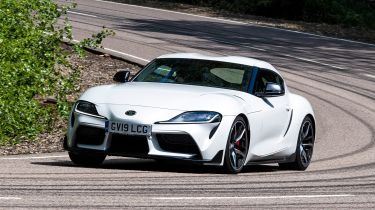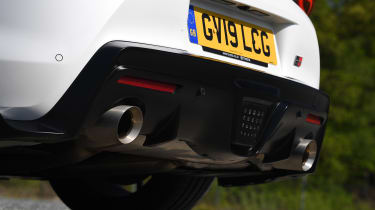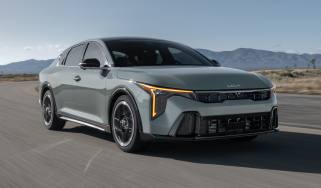Toyota Supra review - MPG, CO2 and running costs
When compared to its close rivals, the Toyota Supra provides decent economy in both four- and six-cylinder forms

The Toyota Supra wasn’t created with low running costs in mind, but as a sports car that could easily be used every day, it has been developed to be fairly efficient. Official fuel economy for the 3.0-litre automatic version is quoted at 34.8mpg – better than the 29.4mpg offered by the four-cylinder Porsche 718 Cayman S and the 27.6mpg from the BMW M2 Competition. The Supra emits a claimed 188g/km of CO2, versus the 217g/km of the 718 Cayman S and the M2’s 226g/km.
Go for the 3.0-litre manual and fuel economy falls slightly to 32mpg with CO2 emissions of 198g/km. Customers opting for the 2.0-litre car will benefit from a claimed 39.7mpg maximum, with CO2 emissions of 167g/km.
Insurance groups
The entry-level Supra 2.0-litre Pro sits in group 34 for insurance, while the top-spec 3.0-litre Pro car is in group 37. The closely related BMW Z4 M40i sits in group 37, while the BMW M2 Competition sits in group 47 and the Audi TT RS in group 43-46, depending on specification.
Depreciation
Residual values for the Supra 3.0-litre model are strong. After three-years and 36,000-miles of ownership, customers should expect to recoup around 55% of the original list price paid on the 3.0-litre auto. The manual cars perform even better with expectations in the 57 to 59% range. The 2.0-litre car is predicted to retain 58% of its value of the same period.









